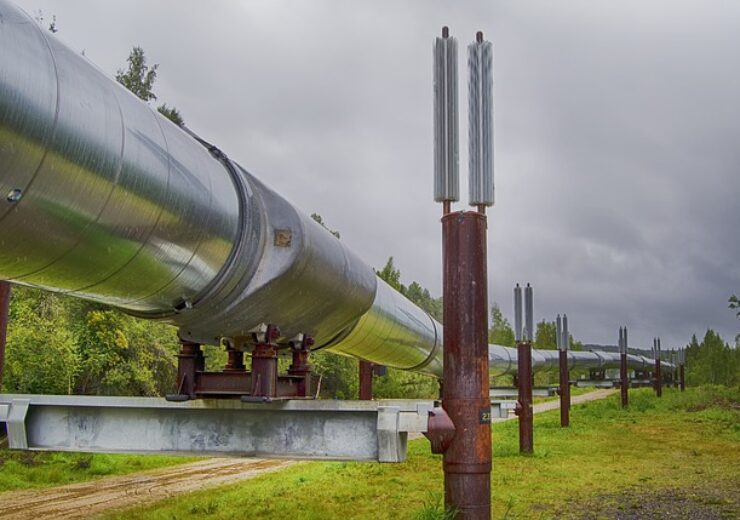Driftwood Pipeline, a subsidiary of Tellurian, will build and operate the dual natural gas pipelines to be laid between the Ragley town, and the town of Carlyss in Louisiana

Driftwood Line 200 and Line 300 is a dual pipeline. (Credit: Jim Black from Pixabay)
The Federal Energy Regulatory Commission (FERC) has issued a draft environmental impact statement (EIS) for the construction of the Driftwood natural gas pipelines.
Driftwood Pipeline, a subsidiary of Tellurian, is planning to build and operate a dual natural gas pipelines with 42 inches diameter, dubbed Driftwood Line 200 and Line 300 project.
The proposed pipelines would originate at the Ragley town in Beauregard Parish, and ends at a proposed receiver facility near the town of Carlyss in Calcasieu Parish, Louisiana.
The company intends to use temporary access roads and staging areas to support the construction and establish new permanent access roads during operation of the facilities.
According to the EIS, the construction and operation of the project may result in few adverse environmental impacts during the construction, which would be mostly temporary.
Driftwood is required to implement impact avoidance, minimisation, and mitigation measures, and abide to FERC recommendations, to ensure that the project does not pose any significant impacts.
Apart from the non-significant impacts related to construction and operation of Meter Station 7 and Meter Station 9, the project would not cause adverse effects, concluded the commission.
FERC, in its statement said: “The EIS was prepared in compliance with the requirements of the National Environmental Policy Act (NEPA), the Council on Environmental Quality regulations for implementing NEPA, and the FERC regulations implementing NEPA.
“The U.S. Environmental Protection Agency participated as a cooperating agency in the development of the EIS. Input from the U.S. Environmental Protection Agency was considered during the development of the EIS conclusions and recommendations.
“The conclusions and recommendations presented in the EIS are those of the FERC environmental and engineering staff.”
The proposed project is expected to enhance the natural gas supply delivery by connecting with up to 12 other supply pipelines between Beauregard and Calcasieu Parishes.
The pipelines include the proposed Port Arthur, Driftwood, and Acadiana pipelines, along with the existing Cameron Interstate and Corpus Christi LNG pipelines.
Its construction and operation would enable supply of up to 5.7 billion cubic feet (bcf) of natural gas per day to LNG terminals, petrochemical facilities, and other industrial consumers around Lake Charles, Louisiana.
Also, the project would provide more economic pathways and bring a more reliable and sustainable natural gas supply to the Lake Charles market, said Driftwood.
